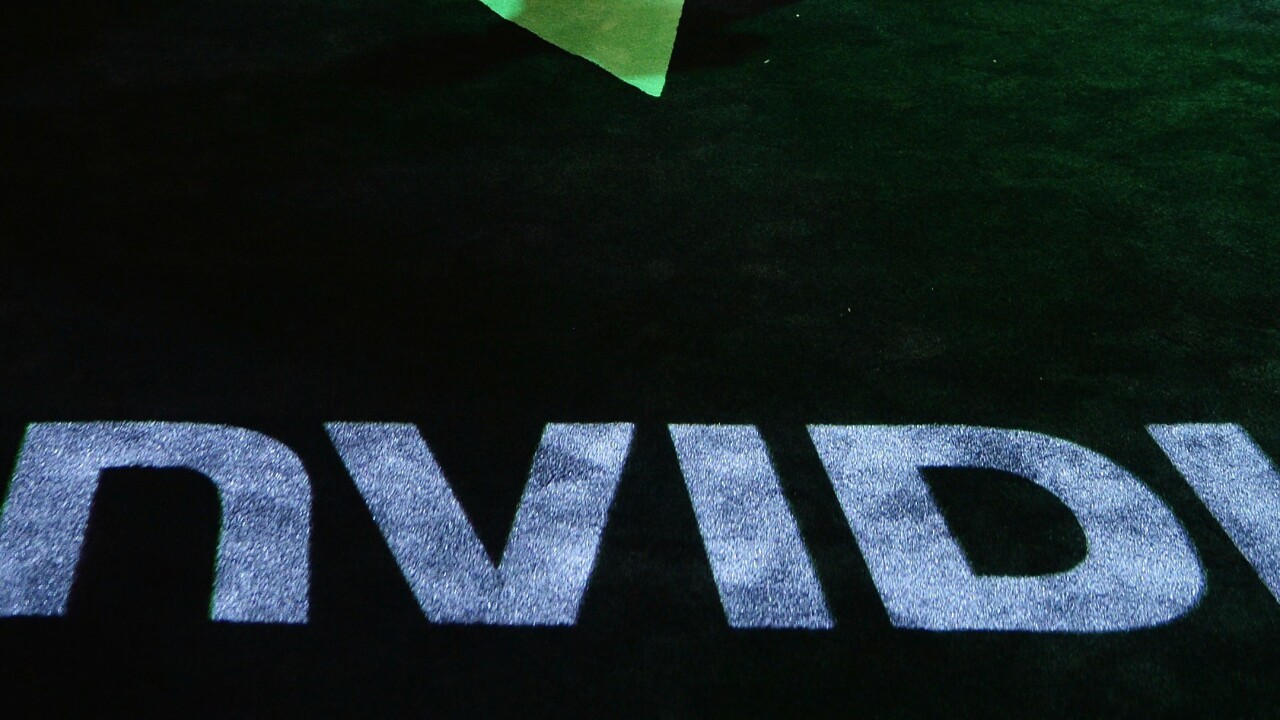
Nvidia and IBM today announced a high-speed interconnect called NVLink which dramatically improves data movement between the CPU and GPU. The new technology will be integrated into Nvidia’s future GPUs, starting with its Pascal GPU architecture expected to be introduced in 2016, as well as IBM’s future versions of its Power CPUs.
The companies claim NVLink enables GPUs and CPUs to share data five to 12 times faster than they can today, eliminating what they call “a longstanding bottleneck.” The duo believes the innovation will help pave the way for a new generation of exascale supercomputers that are 50 to 100 times faster than today’s most powerful systems.
Both companies expect the improvements to impact various applications, but noted that high performance computing, data analytics, and machine learning will get a boost in particular. Here’s how they see the high-bandwidth interconnect improving accelerated software application performance:
Because of memory system differences – GPUs have fast but small memories, and CPUs have large but slow memories – accelerated computing applications typically move data from the network or disk storage to CPU memory, and then copy the data to GPU memory before it can be crunched by the GPU. With NVLink, the data moves between the CPU memory and GPU memory at much faster speeds, making GPU-accelerated applications run much faster.
Nvidia and IBM see NVLink as a competitor to PCI Express 3.0. Most of today’s GPUs are connected to x86-based CPUs through the PCIe interface, which limits the GPU’s ability to access the CPU memory system. NVLink solves this problem by matching the bandwidth of typical CPU memory systems, letting GPUs access CPU memory at its full bandwidth.
Nvidia doesn’t plan on dropping support for PCIe, but if NVLink technology is available in a given CPU, or even multiple GPUs, it will naturally be used. Despite its very high bandwidth, NVLink is allegedly “substantially more energy efficient per bit transferred” than PCIe.
Top Image Credit: Robyn Beck/Getty Images
Get the TNW newsletter
Get the most important tech news in your inbox each week.